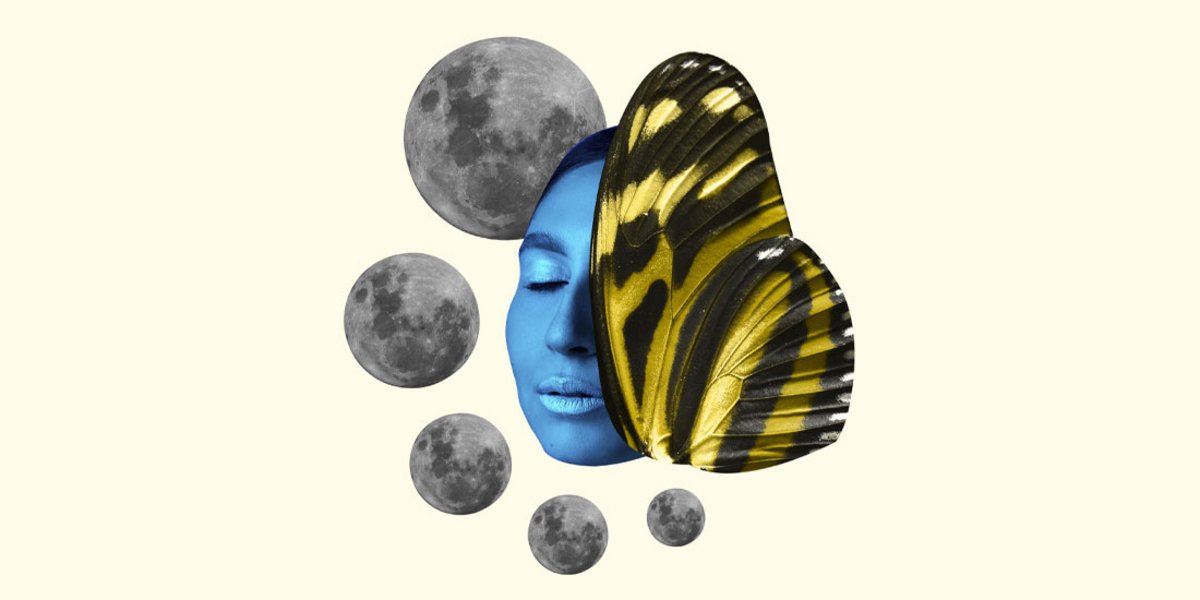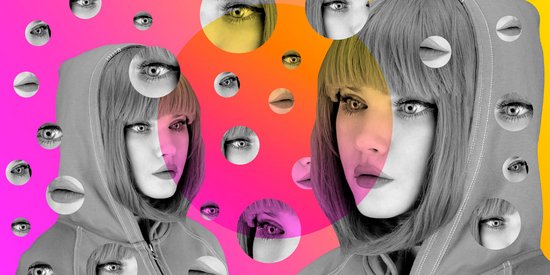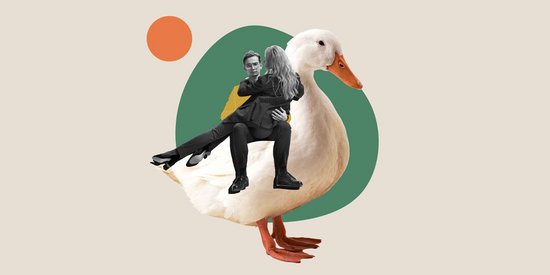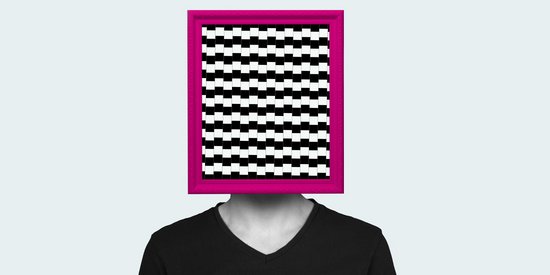Let's heal! Today, I am going to introduce you to a therapy which is aimed at developing creativity, autonomy and responsibility: Gestalt therapy. It focuses on the interactions of the individual with their personal, social and professional environments. This type of therapy gives a holistic vision, while promoting the link between bodily sensations, emotions and thoughts.
A fun method
The principle of this therapy is that to achieve "well-being" and "healing", one must not neglect any element of one's life, be that concernng the past, regarding behavior, the psyche, or the body. This method allows you to discover your own unity, or your own internal structure. It simply consists of knowing yourself, while taking into account the global context, that is the relationship with each thing and with each person.
Gestalt therapy is part of the “mind, body, spirit” therapies, thanks to the use of games and staging. The fun aspect of this method allows you to understand the questions you have, in a different way. Understanding the origin of one's own difficulties and experimenting with new solutions are the approaches of this therapy.
Classic therapy VS Gestalt therapy
Let’s look at some examples; lack of self-esteem, fear of abandonment, anxiety, reliance on another person or always finding yourself in a difficult relationship.
During classic therapy, the practitioner and the patient look to seek the causes related to the problem. The question of “why” is asked. For Gestalt therapy, the two interacting parties ask themselves the question of “how.” That is, what process led to this situation? The specialist does not reconstitute the history and the past of the patient, and instead looks at the present, where the conflicts and difficulties of the patient are taking place.
Structuring of the session
The main goal of this method is to understand the way you function, your emotions, your relationship to others and so on. This self-understanding goes through the realization of several steps from session to session. The different stages shift between the feelings, to identification, orientation, contact, full contact and withdrawal, until assimilation is reached. The patient is therefore led to depict his thoughts, feelings and weaknesses, while exchanging with the practitioner, who shares and accompanies him with his feelings.
I will now give you various examples of the kind of exercises which are practiced during a session.
First of all, “amplification” is a way for you to become more aware of your own way of working. The practitioner analyzes your movements, gestures and subconscious expressions. Then, the practitioner reveals them to you, thereby allowing you to exaggerate these same gestures so that you are aware of them, during a further “amplification.”
"Action", will allow you to roleplay an act of your life. This staging process can allow the practitioner to detect characteristics linked to past traumas. This exercise can then be used to integrate a trauma and to overcome it.
“Direct questioning” consists of questioning a person of your choice, even if this person is not present. As an aid to this practice, a substitute is possibly employable such as an x or y object. This technique will bring out an emotion, a sensation or a difficulty on which you can now work on.
When one understands the workings of the mind and how one has got into a situation, the threads can be unravelled and healing and resolution can take place.
Here, you have all the keys in hand, in order to see if this therapy might be suitable for you.









